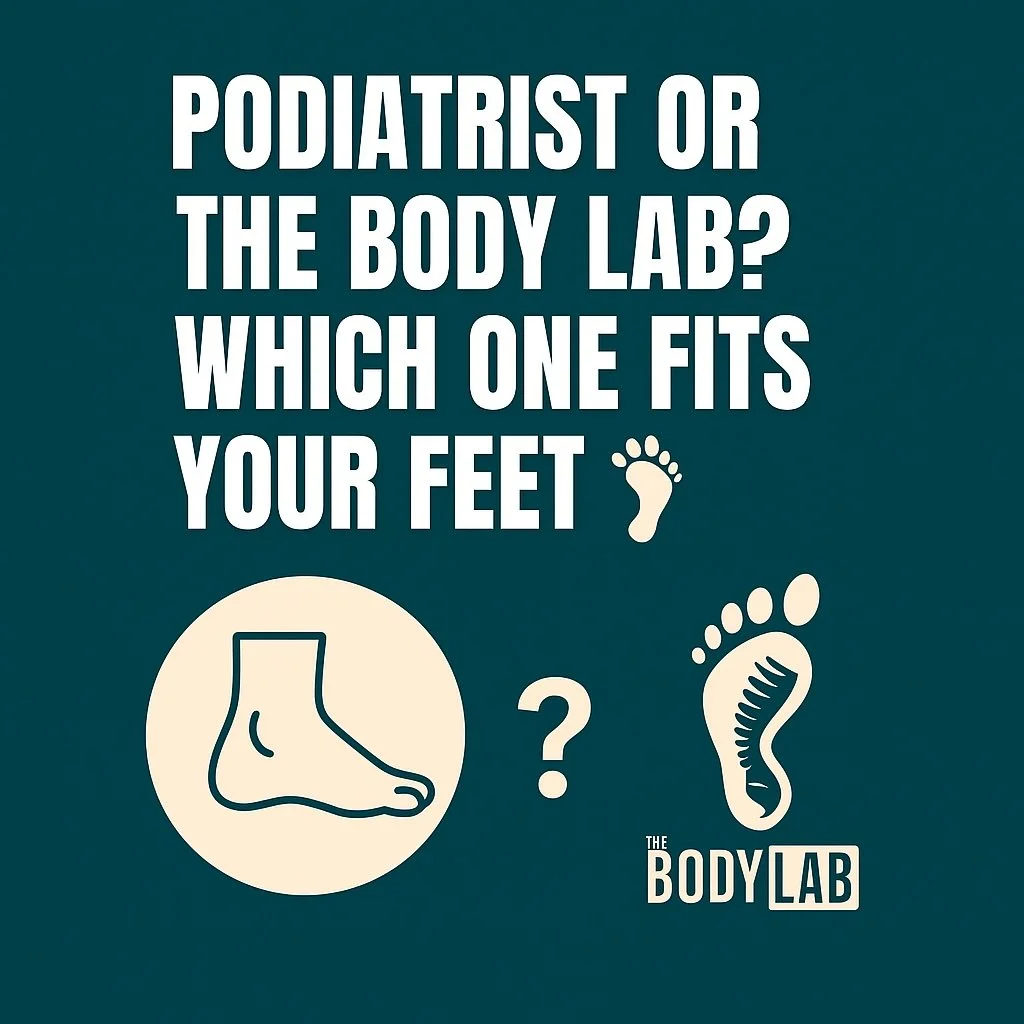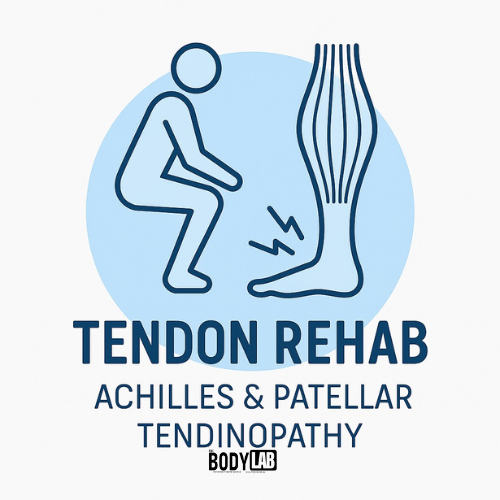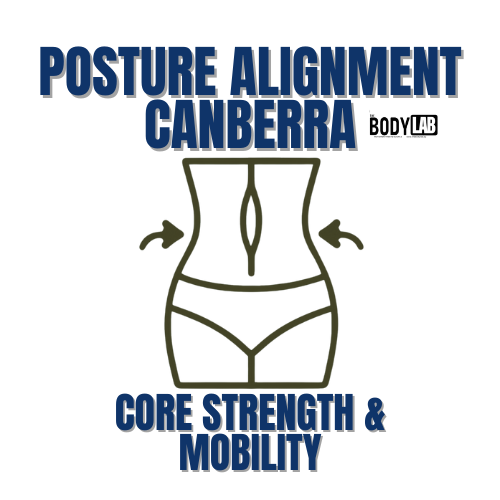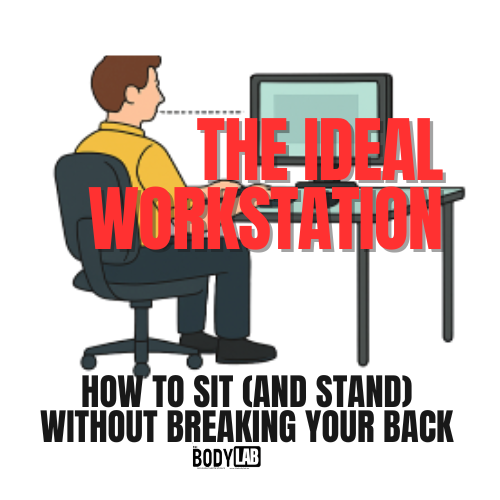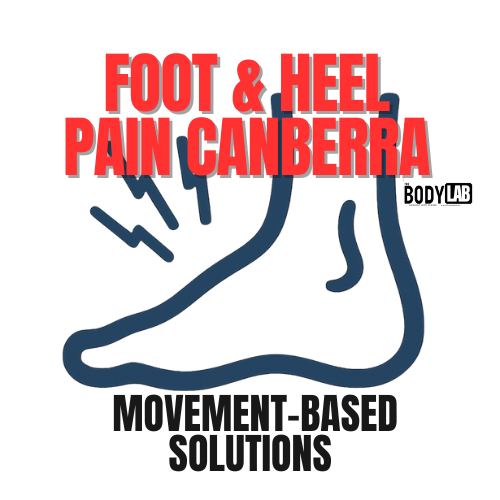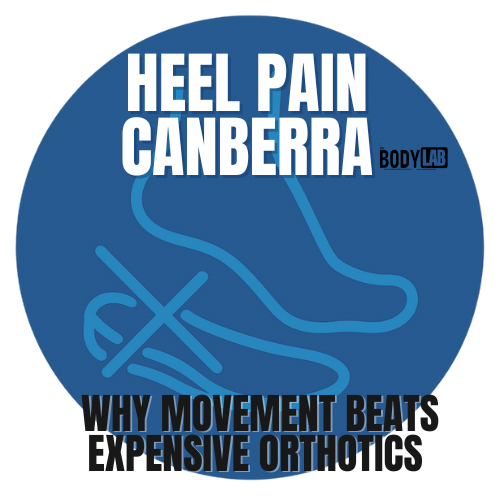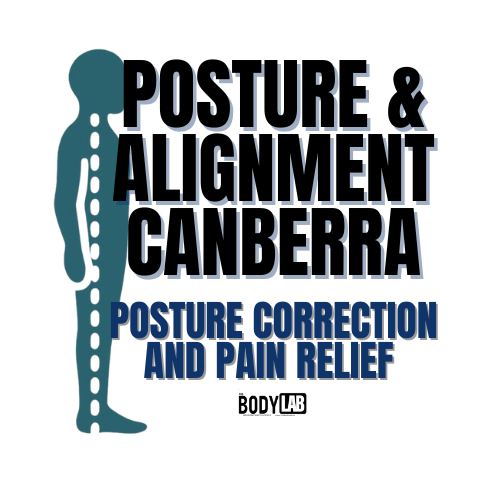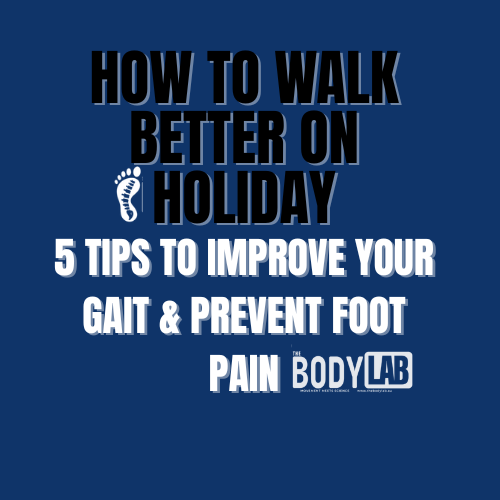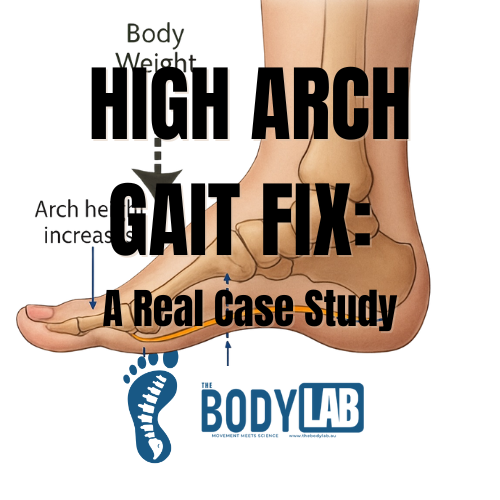Gait Analysis Canberra – Move Better, Live Better
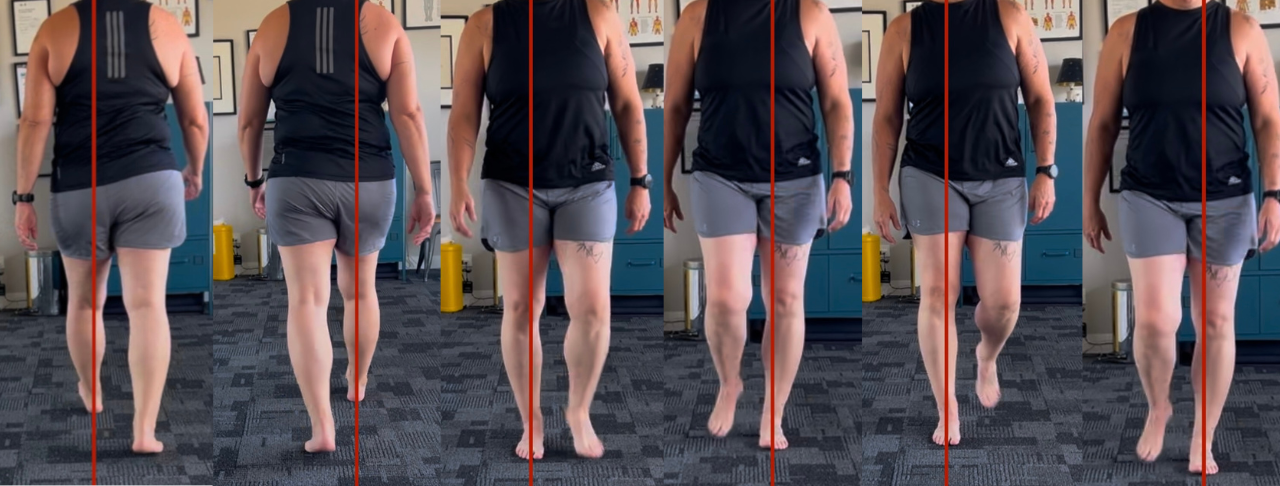
Gait Analysis Canberra @ The Body Lab
Unlock the Secrets of Your Movement
Have you ever considered how you walk? Every step you take is a complex sequence of movements involving your feet, knees, hips, and spine. If something is even slightly off, it can lead to discomfort, pain, and inefficiencies in movement. Gait analysis is the key to understanding these imbalances and finding solutions.
At The Body Lab, we offer expert Gait Analysis in Canberra to help you understand how your body moves, identify inefficiencies, and improve performance. Whether you’re dealing with pain, recovering from an injury, or simply looking to optimise movement, our comprehensive gait assessment provides key insights to get you moving pain-free.
What is Gait Analysis?
Gait analysis is a detailed assessment of how you walk and move. It helps identify imbalances, inefficiencies, and movement patterns that may be causing pain or limiting performance. Our expert-led assessment provides a structured breakdown of each phase of walking, offering a complete picture of your biomechanics.
Gait analysis is an advanced assessment that examines how your body moves when walking. It helps identify problems like: ✔ Overpronation or supination (foot rolling too far in or out) ✔ Imbalances in weight distribution ✔ Knee tracking issues ✔ Hip and lower back compensations
At The Body Lab in Canberra, we break down each phase of your gait to find the root cause of discomfort and inefficiency.
How Does It Work?
We assess your gait in two ways: ✔ In-Person Gait Analysis – Conducted at The Body Lab, where we observe and record your movement from multiple angles. ✔ Online Video Gait Analysis – Send us video footage following our simple guidelines, and receive a full report and recommendations remotely.
The 6 Phases of Gait – A Closer Look
1. Initial Contact (Heel Strike)
This is where your foot first touches the ground. If your heel strike is off, it can lead to knee or hip strain.
2. Loading Response
Your foot absorbs impact, and your body shifts weight forward. Weakness in the foot or poor control can lead to instability.
3. Mid-Stance
Your body weight is fully on one leg. If alignment is off, it may cause excessive stress on the joints.
4. Terminal Stance (Push-Off Preparation)
The back leg prepares to push off. Restrictions here can limit speed and efficiency.
5. Toe-Off (Propulsion Phase)
Your toes push off the ground. Weakness or stiffness in the foot and ankle can reduce power.
6. Swing Phase
Your leg moves forward for the next step. If mobility is lacking, you may experience inefficient movement patterns.
What’s Included?
🔹 Breakdown of Each Phase of Gait – Includes a detailed analysis with images of:
Initial Contact (heel strike) – First point of ground contact
Loading Response – Shock absorption and weight acceptance
Mid-Stance – Balance and weight transfer
Terminal Stance – Preparation for push-off
Toe-Off – Propulsion phase
Swing Phase – Leg recovery and repositioning
🔹 Personalised Report – How your gait compares to standard movement patterns.
🔹 Possible Causes of Movement Issues – Structural, muscular, or mechanical factors affecting your gait.
🔹 Correction Plan – Tailored exercises, mobility drills, and professional advice to improve efficiency and reduce pain.
Who is This For?
Many people don’t realise how much their walking mechanics affect their overall movement. Issues in gait can lead to:
Chronic pain (foot, knee, hip, or lower back)
Poor athletic performance
Increased risk of injury
Postural imbalances
By identifying and correcting gait issues, you can walk and move more efficiently, reducing pain and improving performance.
✅ Anyone experiencing foot, knee, hip, or back pain
✅ Runners and athletes looking to optimise performance
✅ Individuals recovering from injury
✅ Anyone wanting to improve movement and posture
What to Expect During Your Assessment
👟 Attire: Wear sportswear—less clothing is better to see how your body moves. No shoes or socks during the assessment.
📹 Assessment Process:
You will walk towards and away from a fixed camera for a frontal view.
You will walk across from left to right and right to left for a sagittal side view.
Each Phase of your gait will be analysed and a report will be provided afterwards.
📅 Book Your Gait Analysis Today! Click below to schedule your in-person or online gait analysis and start moving better!
[Book Now]
Struggling with foot pain in Canberra? Learn when arch support actually helps, when it doesn’t, and why foot function matters more than arch shape.
Back pain is ridiculously common in Canberra — but that doesn’t mean you should put up with it. In this guide, we break down the real causes of back pain, when you actually need a scan, who to see, and why movement (not bed rest) is your secret weapon. Clear, evidence-based, and written with zero fear-mongering — just the facts, a little sass, and practical steps to start feeling better today.
“Neutral spine” isn’t stiff posture — it’s your spine’s stress-free, pain-free position. This blog explains what it is, how to find yours, and why it changes everything from walking to lifting. With clear demos, simple cues, and a link to our Core Reset: Spinal Mobility Program, you’ll learn how to move better, breathe better, and feel better.
Can you really fix years of bad posture? Yes — absolutely. Your body is adaptable at any age, and with the right movement strategy, strengthening, mobility work and expert posture assessment, long-term improvements are not only possible but surprisingly achievable. Learn how to correct rounded shoulders, forward head posture, pelvic tilt and spine stiffness, and why clients across Canberra come to The Body Lab for posture and movement therapy.
Ever wondered what actually happens during a cranial-sacral therapy session? At The Body Lab Canberra, we combine gentle CST with nerve releases and acupuncture — a unique approach you won’t find anywhere else in Canberra. Discover what a session feels like, how it helps headaches, TMJ, anxiety, concussion recovery and that “not quite right” feeling your body hasn’t been able to explain.
Induction rates in Canberra are higher than ever — but that doesn’t mean you’re out of options. This guide explores why births are being induced more often, what it means for your labour, and how acupuncture can naturally support cervical ripening, reduce stress, and help your body prepare for birth on its own timeline.
Tired of shin splints ruining your game? Discover the real causes behind shin pain and how The Body Lab helps footy, soccer, and league players move better and recover faster.
Every step you take depends on a brilliant piece of foot engineering called the Windlass Mechanism. This dynamic system—driven by your plantar fascia and big toe—lets your arch lift, your heel rise, and your body move efficiently. In this deep dive, Riccardo from The Body Lab Canberra explains how it works, what happens when it fails, and how to restore effortless motion through smarter foot mobility exercises and biomechanical insight.
Posture correction in Canberra doesn’t mean endless stretching or nagging to “sit up straight.” The Body Lab offers a biomechanics-based, movement-first approach that treats the root cause of neck and back pain through assessment, manual therapy, and posture retraining.
If bunion pain is limiting your movement, The Body Lab Canberra offers a smarter solution. Instead of relying on orthotics or surgery, Riccardo Galeotti uses biomechanics, gait retraining, and hands-on therapy to help you move freely again — from the ground up.
Podiatrist or The Body Lab Canberra? Learn how Riccardo Galeotti treats foot pain and plantar fasciitis through biomechanics and movement — not just needles or orthotics.
Knee pain isn’t just a knee problem. At The Body Lab Canberra, Riccardo Galeotti uses biomechanics, gait analysis, and tailored movement therapy to restore pain-free motion.
Curious if The Body Lab’s biomechanics workshops are right for you? Whether you’re a health professional looking to deepen your understanding of functional movement, or simply someone who wants to learn how their body really works, these hands-on workshops offer a unique approach to biomechanics — blending science, movement, and practical application from the ground up.
Protein isn’t just about muscle — it’s the chemistry behind movement, mood, and recovery.
At The Body Lab Canberra, we explore how amino acids like tryptophan, tyrosine, and glutamine fuel your brain, support your nervous system, and rebuild your body from the inside out. Learn the science, discover the best food sources, and see how protein underpins everything from stress recovery to smooth, coordinated movement.
Bunions aren’t just bumps. At The Body Lab Canberra, we treat the real cause — poor movement. Learn how exercise therapy and biomechanics can restore your feet naturally.
At The Body Lab, every treatment begins by calming your nervous system — because movement starts with safety. Through gentle nerve releases and neural mobilisation, we help your body shift from tension to flow, restoring fluid motion and connection. Discover how science backs the idea that “motion is lotion for your nerves” and why our Foundational Movement, Advanced Biomechanical, and Movement & Longevity Roadmap sessions all start with one goal: helping your nerves feel safe to move again.
Physio or The Body Lab? Compare Canberra’s movement options. Learn when to see a physiotherapist for acute injuries or Riccardo Galeotti for chronic pain and complex movement issues.
Did you know exercise changes your brain chemistry? A Tasmanian study has found that vigorous activity lowers levels of GFAP, a protein linked to dementia risk. This means that running, swimming, or any activity that gets you puffing could help keep your brain younger for longer.
Tendons love load—but only in the right amount. This guide explains how exercise prescription based on tendon strain can improve Achilles and patellar tendinopathy, with practical exercises, timelines, and tips for older adults in Canberra.
Discover how posture alignment in Canberra can be restored through mobility and core strength. Learn the latest research on diastasis recti, why mobility comes first, and how The Body Lab’s programs help you move better, reduce pain, and build lasting stability.
Ever feel like your desk is plotting against you? Poor workstation setups cause back pain, stiff necks, and endless discomfort. The fix? A few smart tweaks to your chair, desk, and daily habits. This guide breaks down the ideal ergonomic workstation setup—from sitting and standing desk posture to office chair ergonomics and healthy work habits. Plus, discover how our Canberra ergonomic workshops can help you fine-tune your setup and work without the aches.
If your first steps in the morning feel like walking on Lego or your arches ache after a day on your feet, we can help. At The Body Lab, we treat heel pain and foot problems with a movement-first approach that calms irritation, restores strength, and retrains how your feet move. Backed by current research—and taught by us to therapists nationwide—our programs build resilient, pain-free feet without the endless cycle of expensive orthotics.
Heel Pain Canberra: Why Movement Beats Expensive Orthotics
If your first steps in the morning feel like walking on Lego, you’re not alone. At The Body Lab, we treat heel pain with a movement-first approach that calms irritation, restores load tolerance, and keeps you off the endless orthotics treadmill. Backed by the latest research—and taught by us to therapists across Australia—our plan builds resilient feet that move better, not weaker.
Struggling with neck tension, back pain, or feeling like a human question mark? At The Body Lab Canberra, we specialise in posture and alignment. Discover how simple cues and evidence-based movement therapy can reset your stance, improve breathing, reduce pain, and keep you moving with ease.
Going on a walking holiday? Don’t let poor foot mechanics ruin your trip. Discover how to walk smarter (not harder) with these practical tips and a simple 4-week plan to get your feet travel-ready—no orthotics required.
A Sydney-based practitioner shares their experience at Riccardo’s Mastering Foot Mechanics workshop—an engaging, practical, and foot-nerdy day of learning that delivered real results with minimal reps.
Foot pain, poor balance, or stiff hips? It could be your arches. In this case study, we dive into Debbie’s journey from rigid feet and painful walking to feeling grounded and mobile—without relying on orthotics.
The Windlass Mechanism isn’t just a fancy term—it’s the foot’s built-in suspension system. This deep-dive explores the plantar fascia’s role during walking, how toe extension lifts the arch, and why failure of this mechanism leads to pain and dysfunction. We unpack passive, reverse, and active windlass mechanics and arm therapists with assessment and rehab strategies that work from the ground up—literally.
Swallowing isn’t just about food—it’s a full-body event. From the tongue and hyoid to ribcage and jaw, this blog explores how assessing your swallow can uncover muscular tension, postural compensation, and even help explain neck pain or restricted breathing. Perfect for manual therapists, movement pros, and curious humans alike, it’s time to stop ignoring your swallow and start assessing it.
Feeling stuffed up, foggy, or forever congested? This step-by-step sinus self-clearing guide gives you safe, science-backed techniques to reduce pressure, improve nasal breathing, and stop feeling like your head’s full of bricks. Includes pre-clearing tips with peppermint oil or Vicks, manual techniques for sinus release, and tips for long-term results—all from The Body Lab in Canberra.











